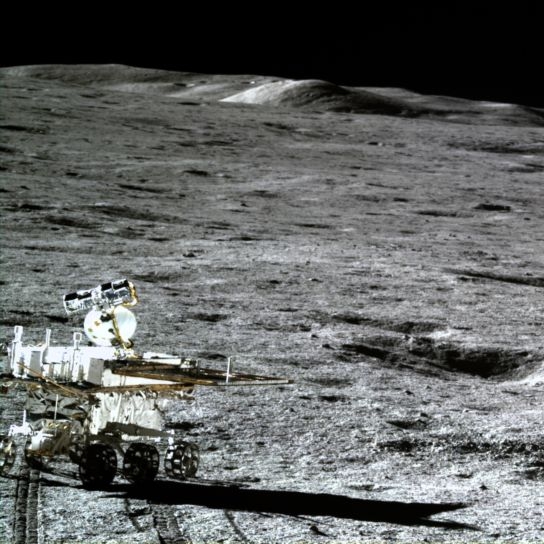Launch failure for China’s new Long March 7A rocket
The first launch attempt of China’s newly upgraded Long March 7 rocket, dubbed the 7A, ended in failure today.
As is usual for China, very little concrete information was released, about the payload or the failure.
State news agency confirmed failure (in Chinese) just under two hours after launch, with no cause nor nature of the failure stated.
The Long March 7A is an effort by China to replace the use of rockets that use dangerous propellants and are launched in the interior of the country, sometimes dumping their first stages in habitable regions.
The Long March 7A is a variant of the standard Long March 7, which has flown twice. A 2017 mission to test the Tianzhou refueling spacecraft with Tiangong-2 space lab was its most recent activity. The launcher uses RP-1 and liquid oxygen propellant and could replace older models using toxic propellants.
It is also intended to launch from their new coastal spaceport in Wenchang. It did this today, though unsuccessfully.
The first launch attempt of China’s newly upgraded Long March 7 rocket, dubbed the 7A, ended in failure today.
As is usual for China, very little concrete information was released, about the payload or the failure.
State news agency confirmed failure (in Chinese) just under two hours after launch, with no cause nor nature of the failure stated.
The Long March 7A is an effort by China to replace the use of rockets that use dangerous propellants and are launched in the interior of the country, sometimes dumping their first stages in habitable regions.
The Long March 7A is a variant of the standard Long March 7, which has flown twice. A 2017 mission to test the Tianzhou refueling spacecraft with Tiangong-2 space lab was its most recent activity. The launcher uses RP-1 and liquid oxygen propellant and could replace older models using toxic propellants.
It is also intended to launch from their new coastal spaceport in Wenchang. It did this today, though unsuccessfully.




